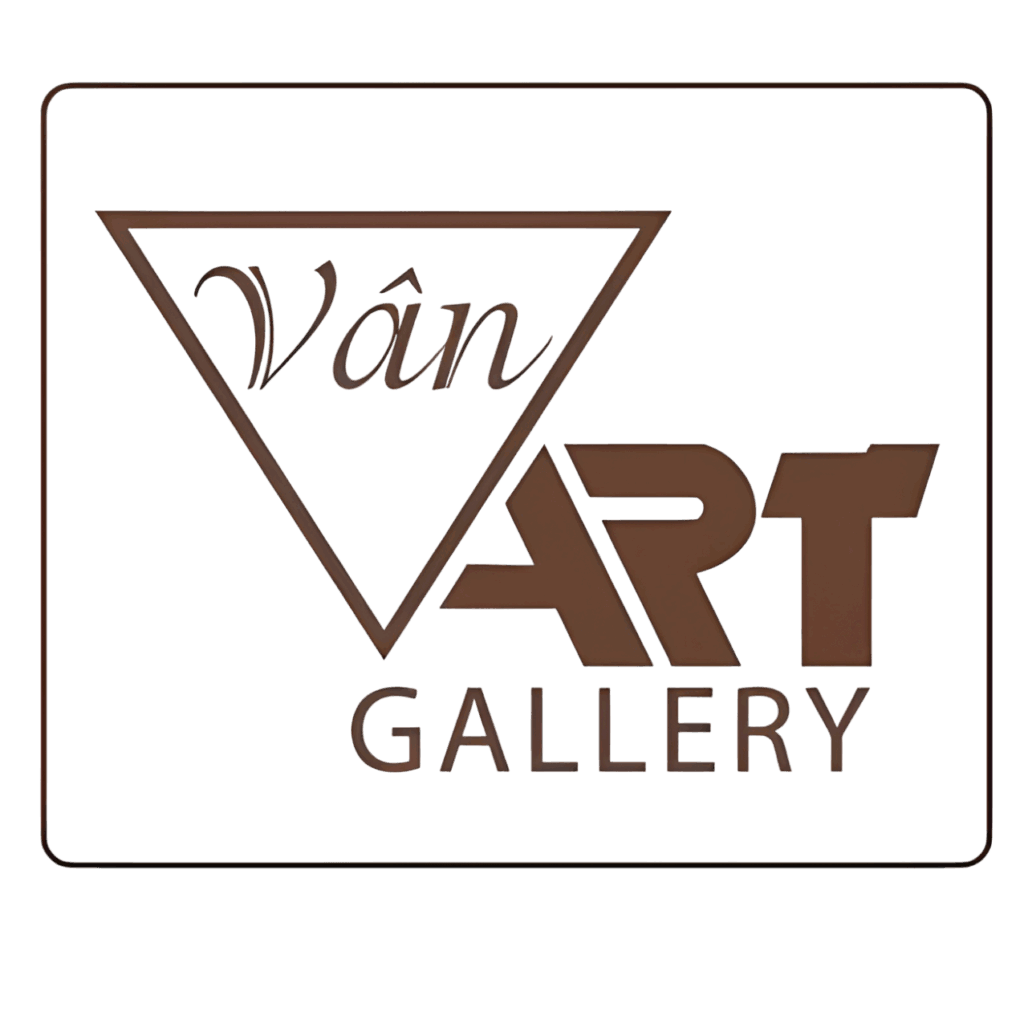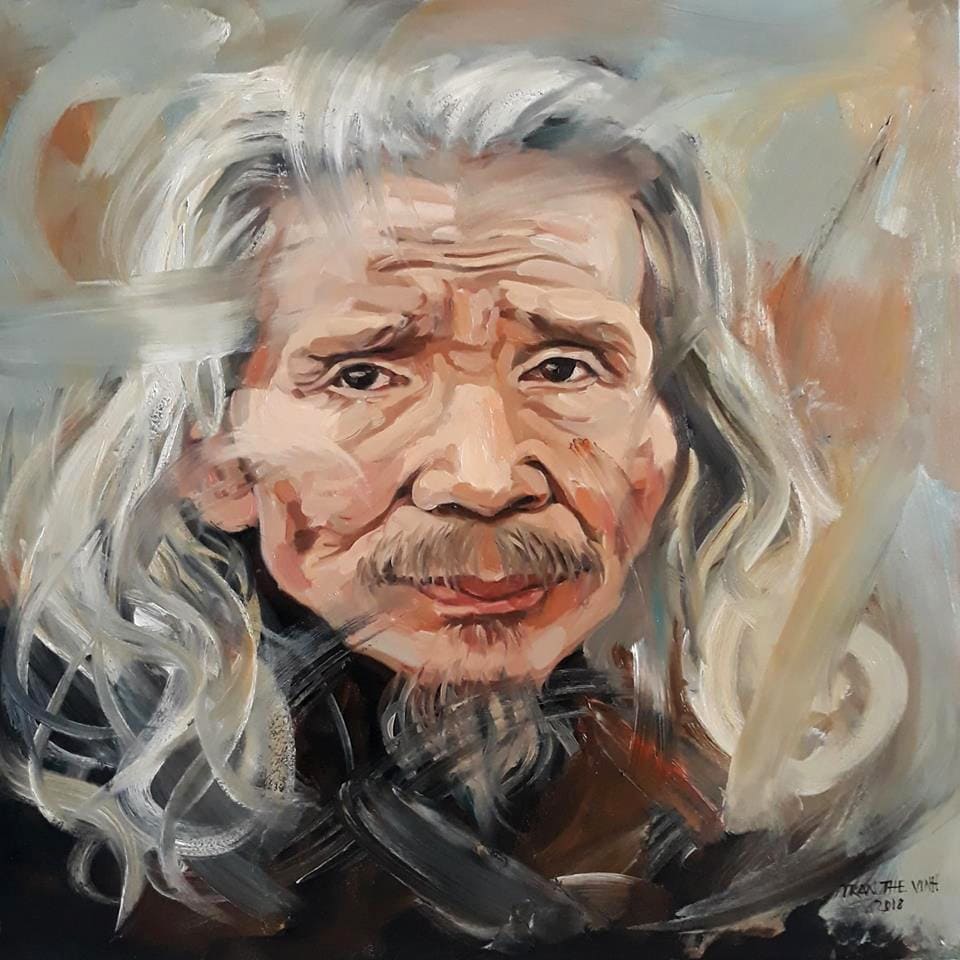Introduction to Famous Vietnamese Artists
Famous Vietnamese artists have profoundly shaped modern Vietnamese art, creating unique works in Vietnamese art galleries that blend national traditions with Western influences. From the splendid lacquer paintings of Nguyễn Gia Trí to the delicate silk paintings of Nguyễn Phan Chánh, these renowned artists have brought Vietnamese art to the global stage. In this article, we’ll explore their lives, styles, and iconic works, as well as their roles in the history of Vietnamese art. Join us to discover Vietnamese lacquer paintings, Vietnamese silk paintings, and the contributions of these legendary Vietnamese artists.
Origins of Modern Vietnamese Art Through Famous Artists
Where Did Modern Vietnamese Art Begin?
Modern Vietnamese art emerged in the early 20th century with the establishment of the École des Beaux-Arts de l’Indochine (1925) in Hanoi, founded by French artist Victor Tardieu. The school trained the first generation of artists who fused Western techniques with Eastern aesthetics, creating a distinctive style. The “Four Masters” (Nhất Trí, Nhì Vân, Tam Lân, Tứ Cẩn) and later the “Four Pillars” (Nghiêm, Liên, Sáng, Phái) laid the foundation for Vietnamese art history.
- Western Influence: Techniques like oil painting, lacquer, and silk painting were introduced, sparking innovation.
- National Identity: Artists incorporated folk motifs, rural imagery, and Vietnamese culture to create a unique identity.
- International Exhibitions: Since the 1930s, Vietnamese art has been showcased in Europe, cementing its global presence.

Who Were the Pioneers of Vietnamese Art?
Artists like Nguyễn Gia Trí, Tô Ngọc Vân, and Nguyễn Phan Chánh paved the way for famous Vietnamese artists, elevating Vietnamese art beyond borders. They not only created masterpieces but also inspired future generations.
Top 10 Most Famous Vietnamese Artists
Below is a list of the 10 most famous Vietnamese artists, selected based on their contributions, influence, and artistic value.
1. Nguyễn Gia Trí – Father of Vietnamese Lacquer Painting
- Years: 1908–1993
- Style: Vietnamese lacquer painting, blending Western techniques with traditional materials like gold, silver, and mother-of-pearl.
- Notable Works: Spring Garden of Central and Southern Vietnam, Girl in the Garden, Girl by the Hibiscus.
- Contributions: Nguyễn Gia Trí elevated Vietnamese lacquer painting from decorative craft to high art. His masterpiece Spring Garden of Central and Southern Vietnam (20 meters long, created over 20 years) fetched $100,000, a record at the time.
- Why Notable?: He used Western composition and etching techniques to create lacquer paintings that embody the elegance of Vietnamese women.
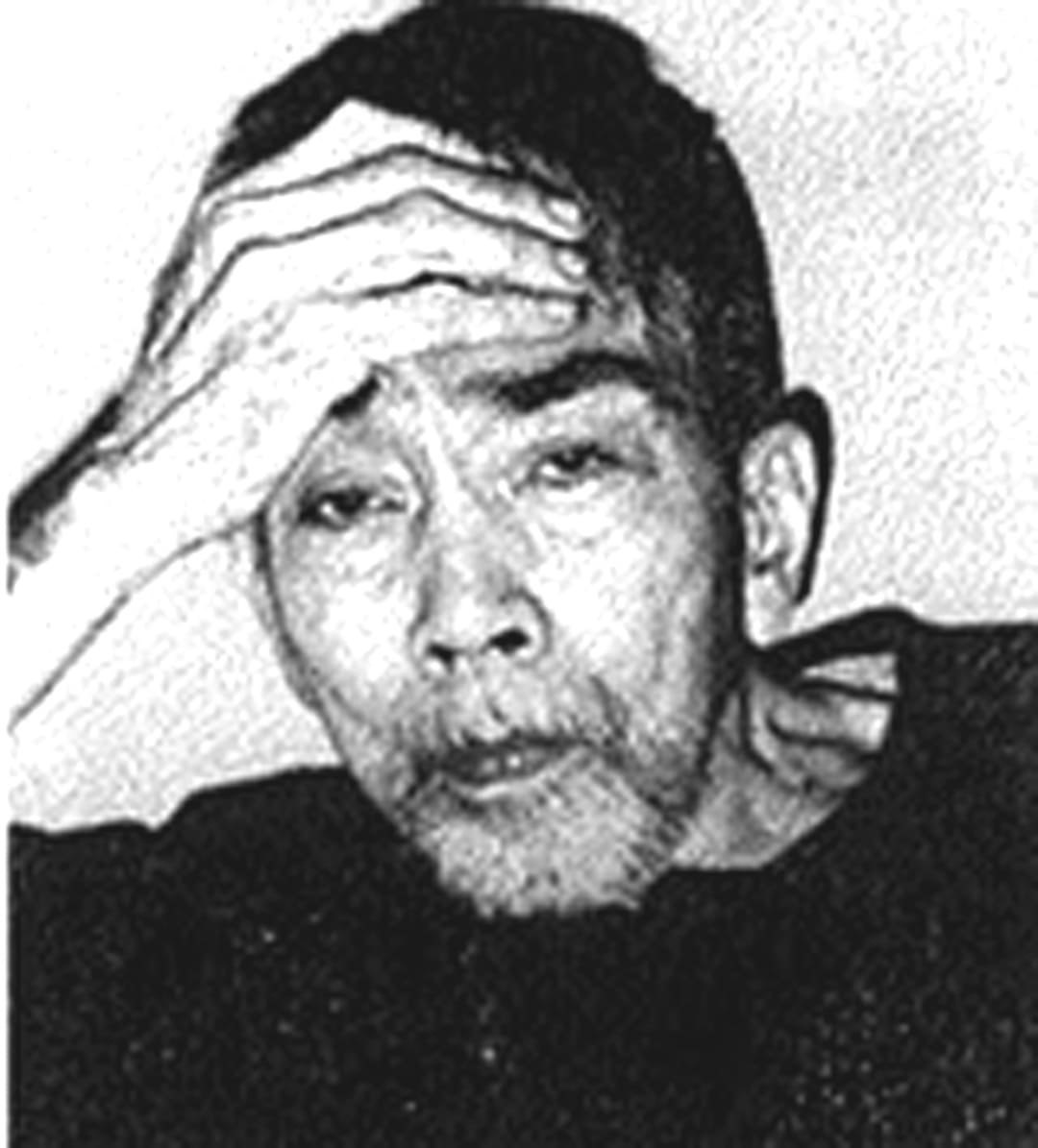
2. Tô Ngọc Vân – Master of Oil Painting
- Years: 1906–1954
- Style: Modern Vietnamese painting, using oil to depict portraits of women and landscapes.
- Notable Works: Girl by the Lily, Two Girls and a Child, Girl with a Lotus.
- Contributions: A pioneer in oil painting, Tô Ngọc Vân captured the gentle, poetic beauty of Vietnamese women. His work Two Girls and a Child was declared a National Treasure in 2013.
- Why Notable?: He masterfully used light and color to evoke tender, introspective emotions.
3. Nguyễn Tường Lân – Innovator of Abstract Art
- Years: 1906–1946
- Style: Proficient in oil, lacquer, silk painting, and woodblock printing, with a tendency toward abstraction.
- Notable Works: Mountain Market, Floral Charm, Two Friends.
- Contributions: Nguyễn Tường Lân was among the first to experiment with abstract art in modern Vietnamese painting, though few works survived due to wartime losses.
- Why Notable?: His bold use of pure colors and free brushstrokes created harmonious, symbolic compositions.
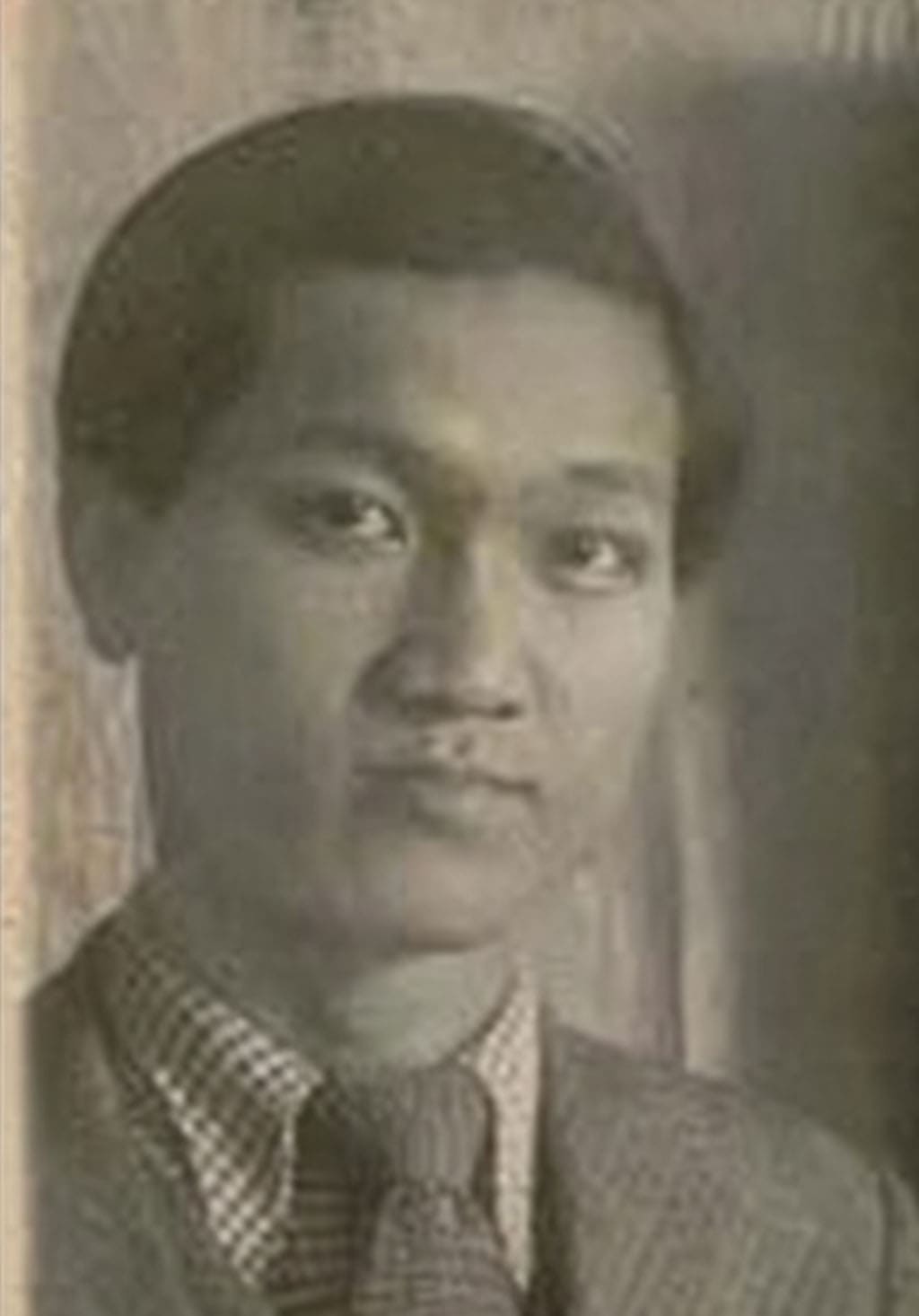
4. Trần Văn Cẩn – Master of Expressive Portraits
- Years: 1910–1994
- Style: Oil and Vietnamese lacquer painting, focusing on the expressions of characters.
- Notable Works: Em Thúy, Female Militia by the Coast.
- Contributions: Trần Văn Cẩn brought authenticity and simplicity to his art, especially through portraits of women and depictions of Vietnamese life.
- Why Notable?: His work Em Thúy (1944) is considered a pinnacle of modern Vietnamese art, capturing innocent, poetic beauty.
5. Nguyễn Tư Nghiêm – Artist of Folk Culture
- Years: 1922–2016
- Style: Non-polished lacquer, pigments, and dó paper, inspired by Đông Sơn bronze drums and folk culture.
- Notable Works: Ancient Dance, Spring at Hoàn Kiếm Lake, 12 Zodiac Animals.
- Contributions: Nguyễn Tư Nghiêm blended modern art with folk motifs, creating a distinctly Vietnamese identity.
- Why Notable?: He has a dedicated museum in Hanoi, a testament to his influence.
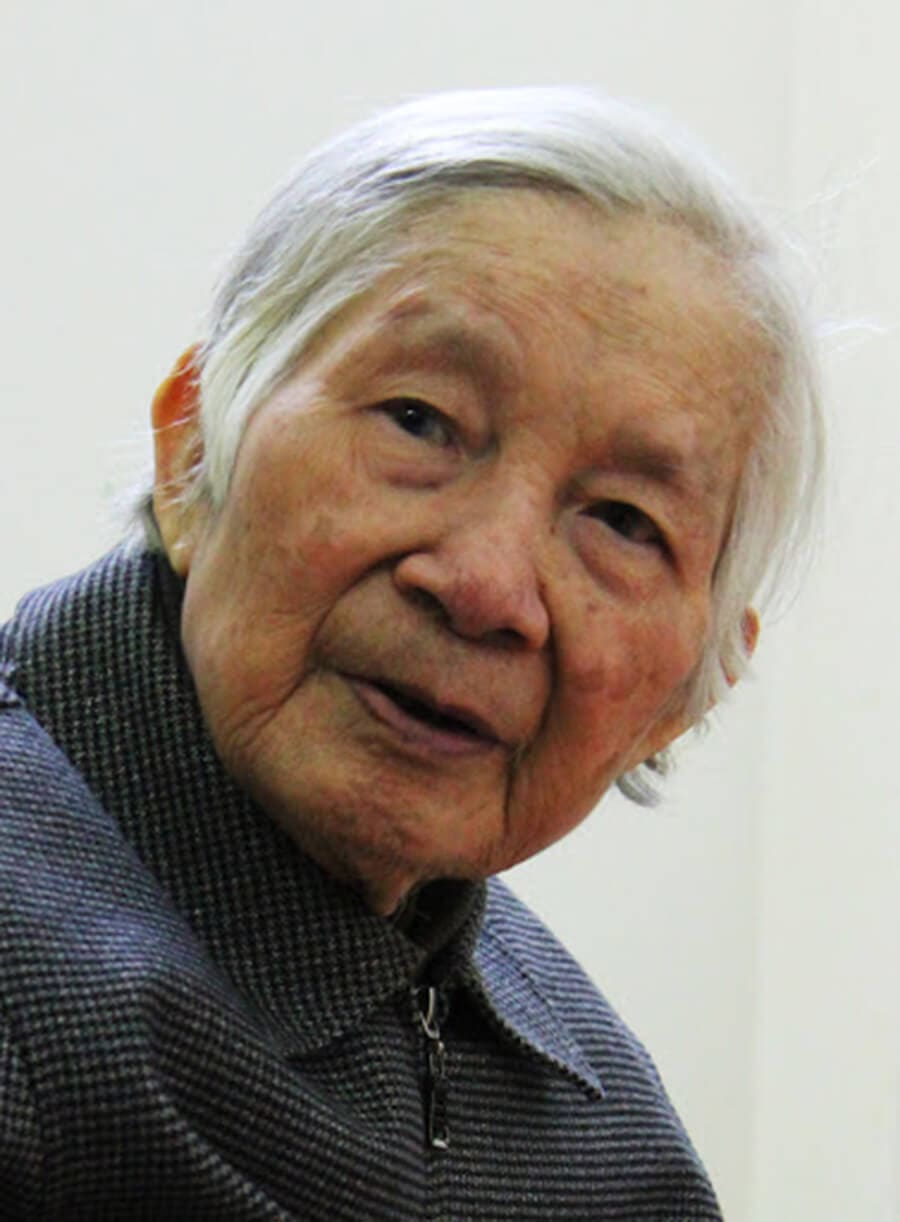
6. Dương Bích Liên – Emotional Portraits of Women
- Years: 1924–1988
- Style: Lacquer, oil, and pastels, specializing in portraits of women and war themes.
- Notable Works: Hào, Uncle Hồ in the Việt Bắc War Zone, Cô Mai.
- Contributions: Dương Bích Liên was known for the saying “Phố Phái, gái Liên,” highlighting his talent for portraying women’s beauty.
- Why Notable?: His work Hào (1972) vividly captures the atmosphere of war, fetching high value in collections.
7. Nguyễn Sáng – Artist of Resistance
- Years: 1923–1988
- Style: Vietnamese lacquer painting, blending European modern art with folk culture.
- Notable Works: Party Admission in Điện Biên Phủ, Hồ Chí Minh Stamp Series (1946).
- Contributions: He designed Vietnam’s first independent postage stamps featuring Hồ Chí Minh.
- Why Notable?: His works are both heroic and relatable, reflecting the spirit of resistance and Vietnamese culture.
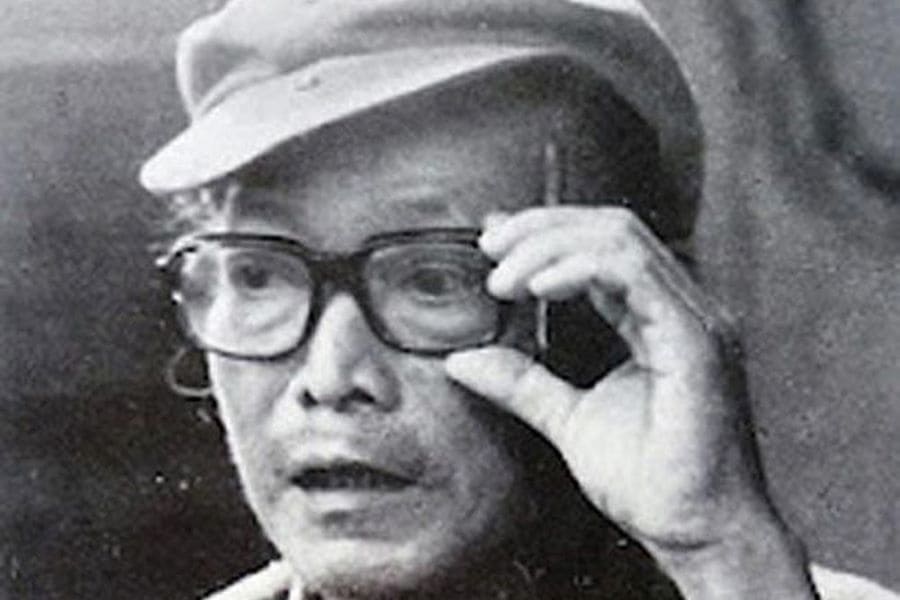
8. Bùi Xuân Phái – King of Hanoi’s Old Quarter
- Years: 1920–1988
- Style: Oil painting, specializing in Hanoi’s Old Quarter.
- Notable Works: Hanoi’s Old Quarter, Hanoi During Resistance, Ox Cart in the Old Quarter.
- Contributions: Dubbed “Phố Phái,” Bùi Xuân Phái vividly captured the soul of Hanoi’s Old Quarter.
- Why Notable?: His 40-year dedication to the Old Quarter theme infused Hanoi’s essence into his art.
9. Nguyễn Phan Chánh – Master of Silk Painting
- Years: 1892–1984
- Style: Vietnamese silk painting, blending Eastern and Western aesthetics.
- Notable Works: Playing O An Quan, Rice Seller, Tiên Dung and Chử Đồng Tử.
- Contributions: Nguyễn Phan Chánh introduced Vietnamese silk painting to the world, with Rice Seller sold for $390,000.
- Why Notable?: His works reflect a deep love for laborers and folk culture.
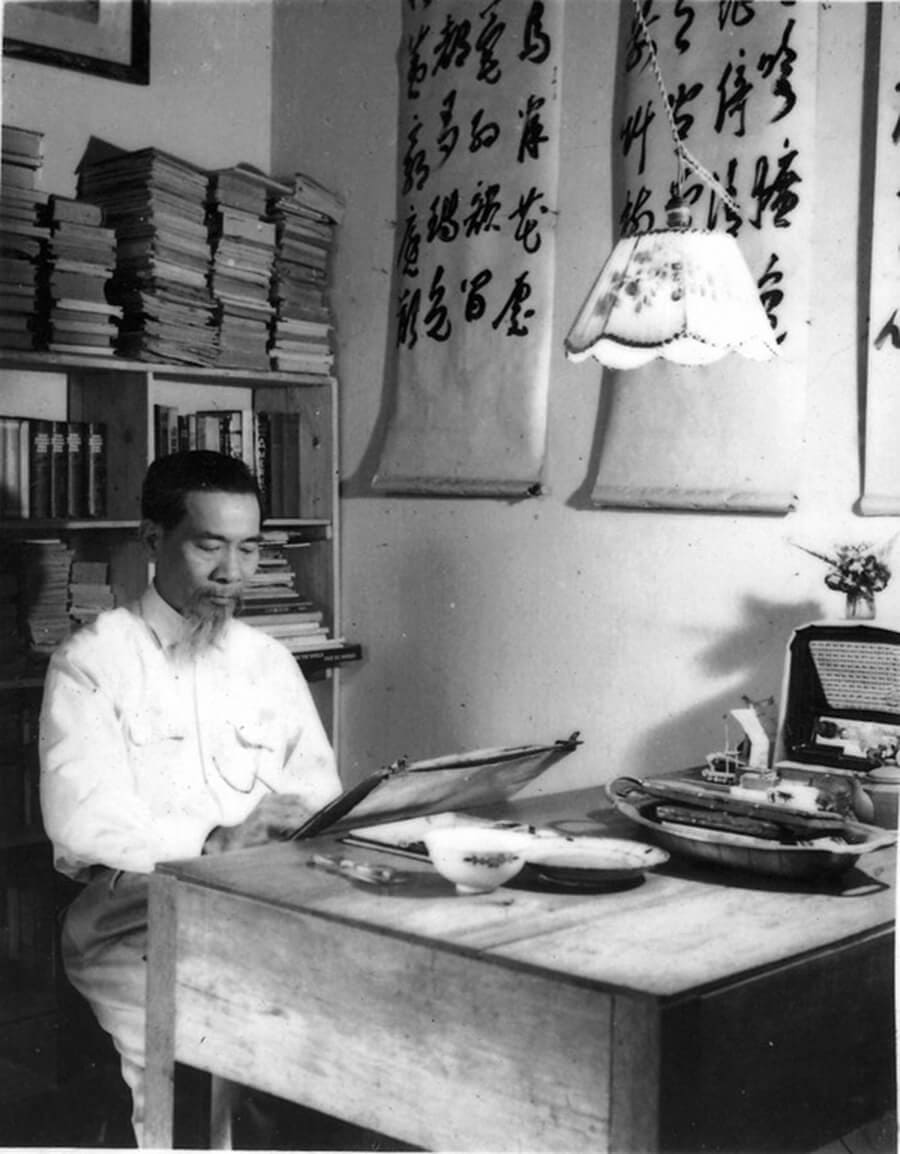
10. Lê Phổ – Vietnamese Artist in France
- Years: 1907–2001
- Style: Oil and silk painting, following post-Impressionism.
- Notable Works: Homesickness, View from the Hilltop, Peony Vase.
- Contributions: Lê Phổ holds the record for the highest-priced Vietnamese artwork, with View from the Hilltop sold for $840,000.
- Why Notable?: He blended the dreamy beauty of Vietnamese women with Western post-Impressionist techniques.
Value Brought by Famous Vietnamese Artists
Why Are Famous Vietnamese Artists Beloved?
Famous Vietnamese artists create not only beautiful works but also convey culture, history, and national identity. According to VnExpress, paintings by artists like Nguyễn Gia Trí and Lê Phổ often fetch millions at international auctions (Sotheby’s, Christie’s). They stand out for:
- Innovation: Blending Western techniques with Vietnamese identity.
- Cultural Value: Reflecting Vietnamese life, people, and history.
- Global Impact: Bringing Vietnamese art to the world through exhibitions and auctions.
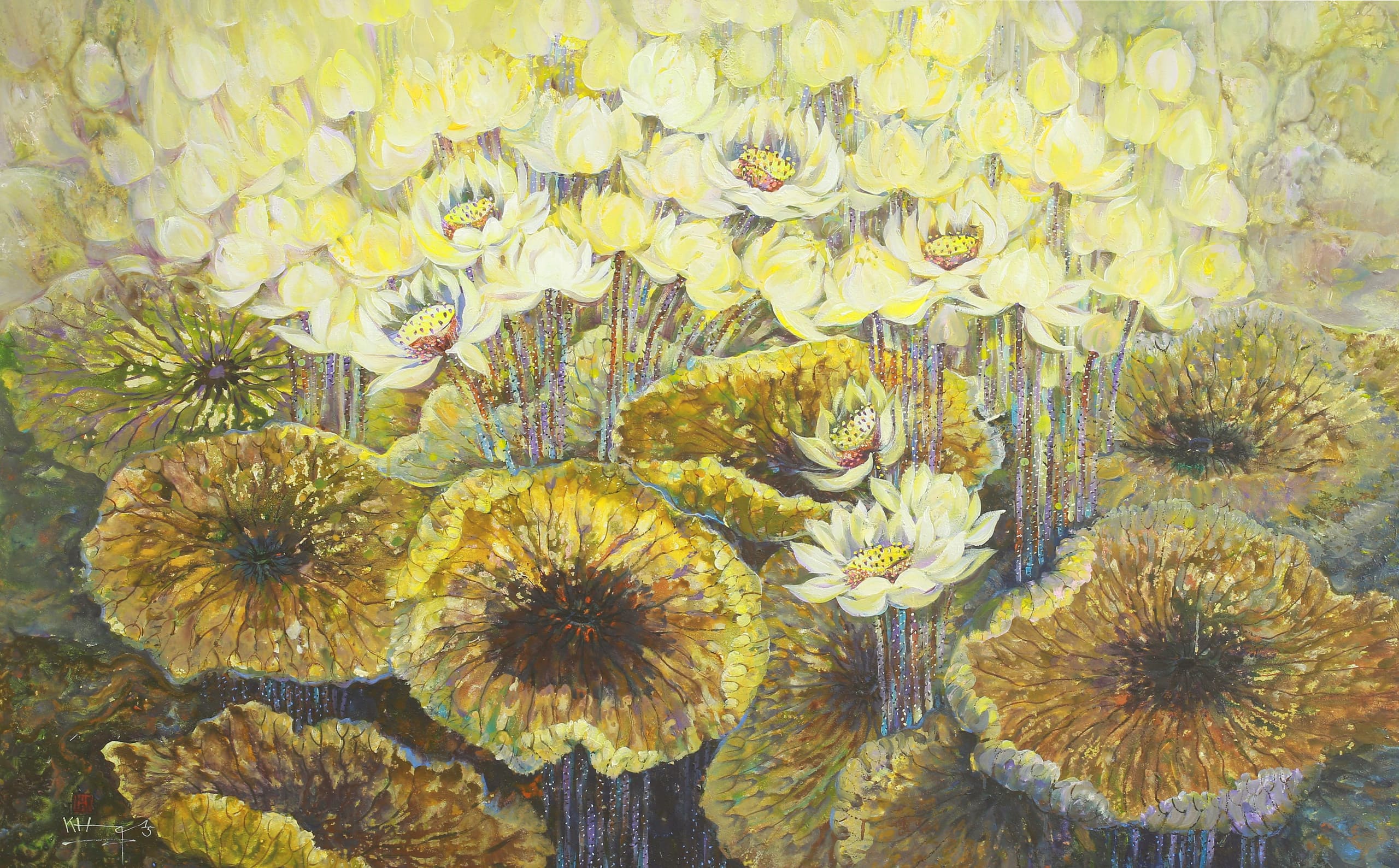
Notable Works by Vietnamese Artists
- Spring Garden of Central and Southern Vietnam (Nguyễn Gia Trí): Vietnam’s largest lacquer masterpiece.
- Girl by the Lily (Tô Ngọc Vân): An icon of Vietnamese beauty.
- Playing O An Quan (Nguyễn Phan Chánh): A delicate silk painting of a traditional game.
How to Explore Works and Learn About Famous Vietnamese Artists?
Visit Vietnamese Art Exhibitions
- Vietnam Fine Arts Museum: Home to works by Tô Ngọc Vân, Trần Văn Cẩn, and Nguyễn Phan Chánh.
- International Exhibitions: Auctions at Sotheby’s or Christie’s often feature Lê Phổ’s paintings.
- Villages and Galleries: Visit galleries in Hanoi or Ho Chi Minh City to view original artworks.
Learn About Vietnamese Art History
- Read Books and Documents: Books on the École des Beaux-Arts de l’Indochine offer detailed insights.
- Watch Documentaries: Find films on Vietnamese art history on YouTube or VTV.
- Take Courses: Art classes in Hanoi or Ho Chi Minh City deepen understanding of Vietnamese lacquer and silk paintings.
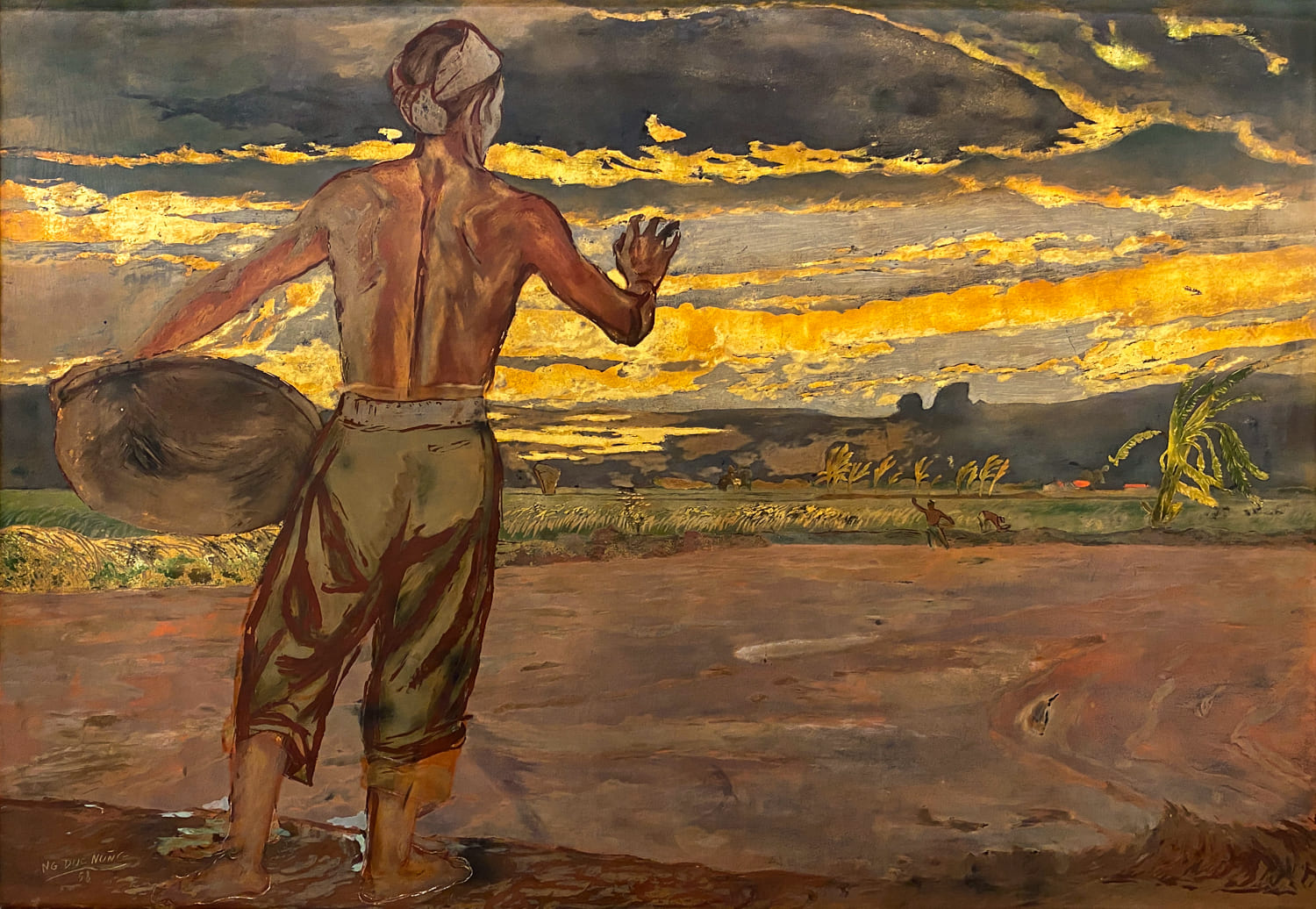
Honoring the Legacy of Famous Vietnamese Artists
Famous Vietnamese artists have left a rich artistic legacy, from Nguyễn Gia Trí’s Vietnamese lacquer paintings to Nguyễn Phan Chánh’s silk masterpieces. They are not just talented artists but storytellers who brought Vietnam’s soul to the world. Explore their works at the Vietnam Fine Arts Museum, attend exhibitions, or try painting inspired by their styles. Share this article to spread the beauty of modern Vietnamese art!
Next Steps
- Visit the Vietnam Fine Arts Museum to admire original works.
- Learn more about Vietnamese art history through books or online resources.
- Share this article to introduce friends to Vietnam’s artistic heritage!
